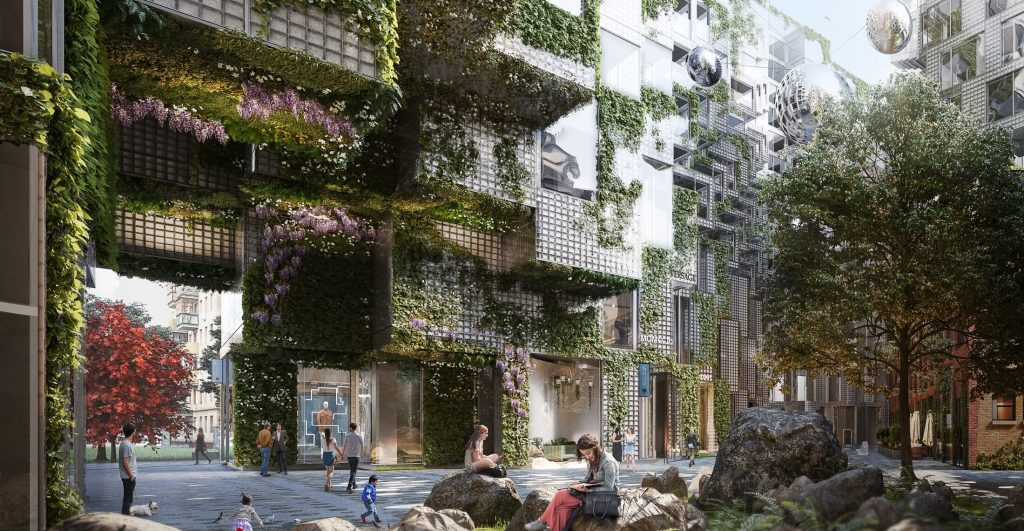In recent years, the architectural landscape has witnessed a groundbreaking revolution with the advent of 3D printing technology in the construction industry. The traditional methods of home construction are being challenged by a new era of innovation, where large-scale 3D printers are creating entire houses layer by layer. This phenomenon marks the rise of the 3D printed home revolution, transforming the way we conceptualize, design, and build structures. One of the key advantages of 3D printed homes lies in their cost-effectiveness and efficiency. Traditional construction processes are often labor-intensive and time-consuming, leading to increased costs and prolonged project timelines. However, 3D printing allows for swift and automated construction, minimizing the need for manual labor and reducing the overall expenses associated with building homes. This affordability aspect opens up new possibilities for affordable housing solutions, addressing global housing crises and providing shelter to that in need. Moreover, 3D printing offers unparalleled design flexibility.
 Architects and designers can harness the technology to create intricate and avant-garde structures that were previously deemed too complex or expensive to build. The layer-by-layer additive manufacturing process enables the realization of organic and unconventional shapes, pushing the boundaries of architectural imagination. This newfound freedom in design not only enhances the aesthetic appeal of homes but also promotes sustainability by optimizing material usage and minimizing waste. The environmental impact of 3D printed homes cannot be overstated. Traditional construction methods often generate a substantial amount of construction waste, contributing to environmental degradation. In contrast, 3D printing minimizes waste by using only the necessary amount of construction material, thereby reducing the ecological footprint associated with building homes. Additionally, the materials used in 3D printing can be tailored for sustainability, incorporating recycled or eco-friendly components, further aligning the construction industry with environmentally conscious practices.
Architects and designers can harness the technology to create intricate and avant-garde structures that were previously deemed too complex or expensive to build. The layer-by-layer additive manufacturing process enables the realization of organic and unconventional shapes, pushing the boundaries of architectural imagination. This newfound freedom in design not only enhances the aesthetic appeal of homes but also promotes sustainability by optimizing material usage and minimizing waste. The environmental impact of 3D printed homes cannot be overstated. Traditional construction methods often generate a substantial amount of construction waste, contributing to environmental degradation. In contrast, 3D printing minimizes waste by using only the necessary amount of construction material, thereby reducing the ecological footprint associated with building homes. Additionally, the materials used in 3D printing can be tailored for sustainability, incorporating recycled or eco-friendly components, further aligning the construction industry with environmentally conscious practices.
The 3D printed home revolution is not confined to theoretical possibilities; it has already manifested in real-world projects and check here https://hometlcmag.com/unlocking-the-potential-how-3d-printed-homes-are-redefining-the-housing-industry/. From prototype houses to fully functional residential structures, pioneers in the field have successfully demonstrated the viability of 3D printing technology in construction. This shift from traditional methods to cutting-edge 3D printing is gradually gaining acceptance and traction within the industry, promising a future where entire neighborhoods could be constructed with unprecedented speed and efficiency. In conclusion, the rise of 3D printed homes marks a transformative period in architecture and construction. This revolutionary approach offers cost-effective, sustainable, and aesthetically diverse solutions to the ever-growing demand for housing. As the technology continues to advance, the 3D printed home revolution is set to redefine the way we build and inhabit spaces, ushering in an era where innovation and efficiency converge to shape the architectural marvels of tomorrow.

